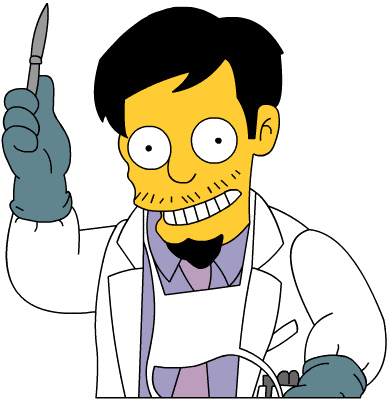Australia is one of the most lax countries in the world in the oversight of unproven stem cell therapies
Australian stem cell researchers are still waiting on the TGA to close the regulatory loophole that makes the country one of the most lax in the world in the oversight of unproven stem cell therapies.
More than 60 medical doctors around the country are currently spruiking unproven stem cell treatments for everything from skin rejuvenation to multiple sclerosis, according to a report by the Australian Academy of Science.
Failure to regulate the industry and curb the directto-consumer marketing of non-evidence based treatments “will place the health and wellbeing of patients at undue risk”, the report warned, with the authors calling for the immediate prohibition of unproven therapies outside of clinical trials.
Associate Professor Megan Munsie, head of the Education, Ethics, Law & Community Awareness unit at Stem Cells Australia, said that Australian regulation was like an “anything goes opportunity” that risked us becoming a destination for stemcell tourism and foreign companies setting up here.
Another big problem was the ability to directly advertise to consumers, she said. An analysis by Stem Cells Australia in 2014 found that a “vast majority” of practitioners were limiting their practice to injecting autologous adipose cells into joints for osteoarthritis.
“[But] the other 20% did a wide mixture of treatments, including for MS, autism, Parkinson’s and spinal cord injury,” she said. “In those cases they were often doing an intravenous delivery of cells, and this might be with no quality control, in a suburban practice, maybe frozen or maybe thawed, and then injected back into the patient.”
There has been a continued expansion of treatments since then, she said. Some businesses now advertise treatments for advanced motor neuron disease and erectile dysfunction.
The stem cell researchers behind the report also argue that current sale of such treatments “shows the weakness of the current regulatory system, which allows cellular products that fall far below the evidentiary standards of most other industrialised countries”.
The present system means that regulation of medical stem cell therapies could fall under several regulatory systems, the TGA, AHPRA or consumer groups. The TGA has an exclusion speci?cally for autologous tissues and cells that means the treatments are allowed if the cells are “collected from a patient under the care of a medical practitioner, and manufactured for therapeutic treatment of a single indication”.
“Because of the exclusion, it’s seen as a medical practice and AHPRA isn’t necessarily geared to look at manufacture. So the question is, is it medical practice or a medical product?” Professor Munsie said.
Risks include meningitis through inadequate preparation and infection, and tumour growth from the manipulation of the cells.
“Until there’s a catastrophic outcome, there’s no trigger to call in these other investigative bodies,” Professor Munsie said.
A TGA spokeswoman said the regulation of stem cells and tissue was “complex” and said that a second consultation paper on the potential for regulation of autologous cells would be published in the coming months.


